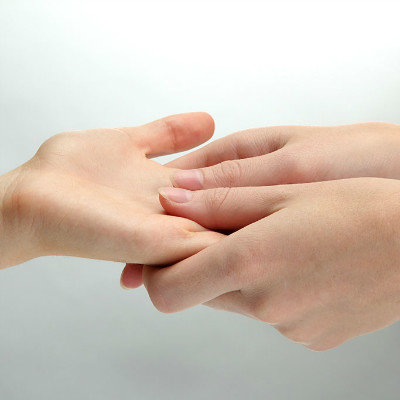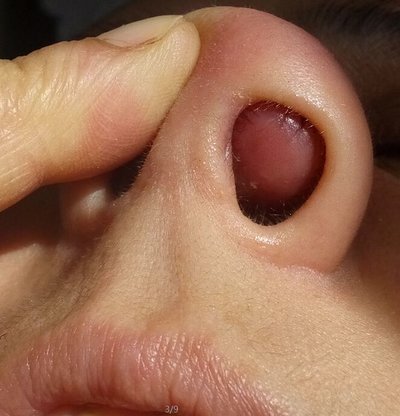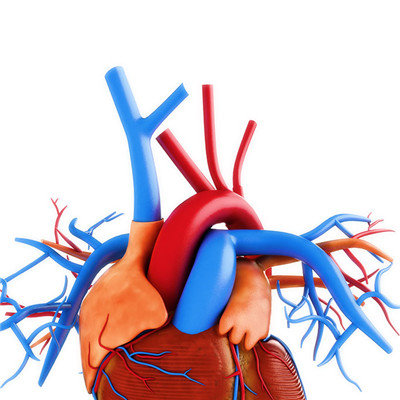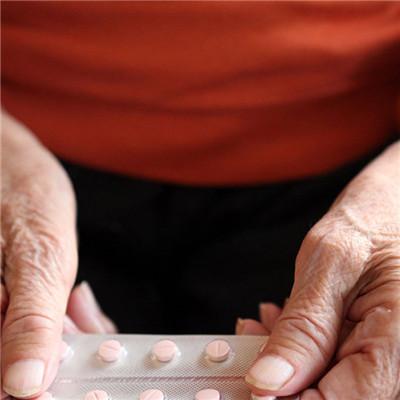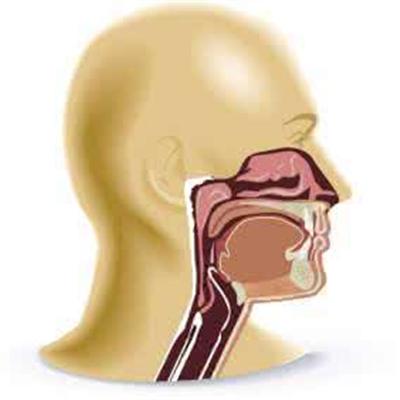What should hypertension patients do for physical examination
summary
Just diagnosed patients with hypertension, in addition to pay attention to blood pressure, there are some physical indicators need to be clear. Because hypertension is often combined with other chronic diseases, and the harm of blood pressure to the body is systemic, we can judge whether hypertension has caused damage to the body through some tests. Now let's talk about the physical examination of patients with hypertension.
What should hypertension patients do for physical examination
First, abnormal blood routine indicates that there may be secondary hypertension such as hyperthyroidism and polycythemia vera; it can also indicate that hypertension is very serious, which has caused renal failure and lead to renal anemia.

Second: urine routine. Abnormal urine routine indicates that there may be secondary hypertension caused by glomerulonephritis and chronic pyelonephritis. If there is microalbuminuria in urine, it is suggested that hypertension complicated with early renal damage. The treatment should focus on improving renal function besides reducing blood pressure.

Third: fasting blood glucose. The significance of this examination is to detect diabetes in time. If the patient has diabetic nephropathy, the newly diagnosed hypertension may be caused by diabetes. Hypertension combined with diabetes is a dangerous combination. The cardiovascular risk is 4-8 times of the general population, and the total mortality is 4-5 times higher.

matters needing attention
High blood pressure with high homocysteine is also called H-type hypertension, which indicates that the risk of stroke is very high. Folic acid can be taken in combination with conventional antihypertensive therapy to achieve good results.
